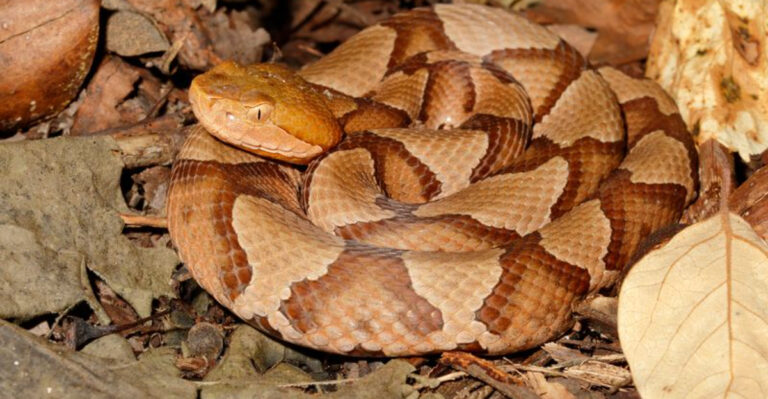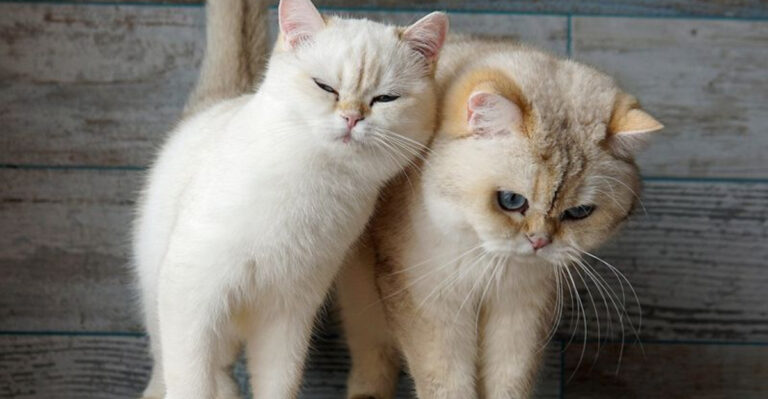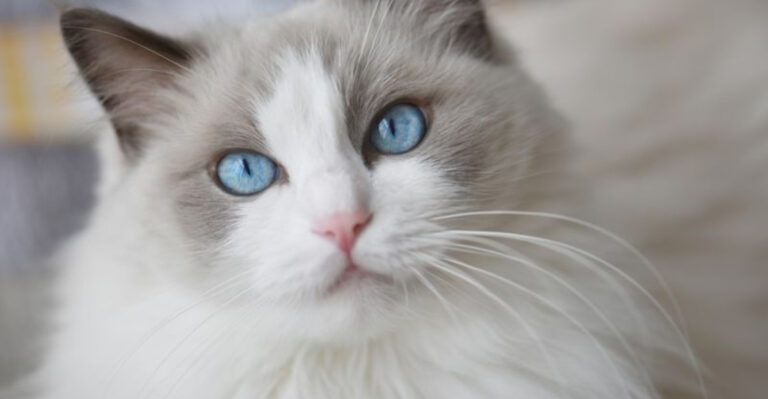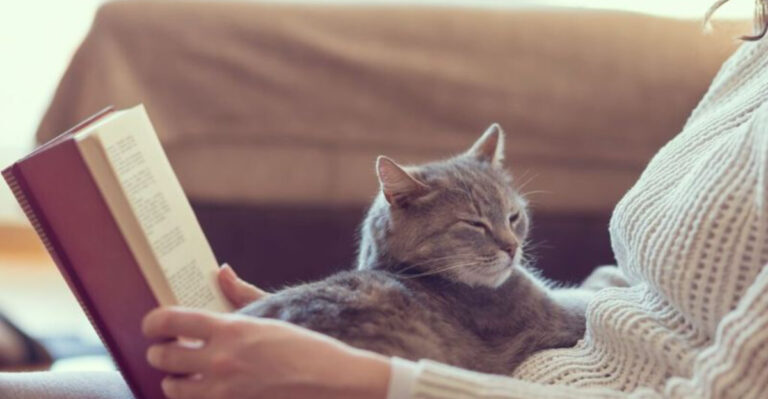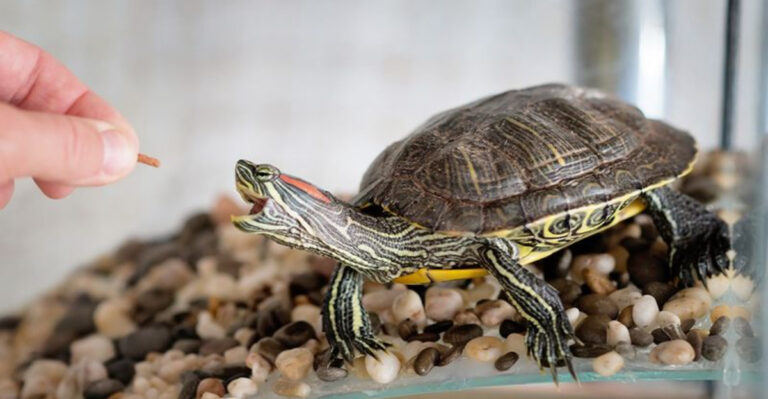15 Ways To Keep Your Cat’s Coat Looking Beautiful And Healthy
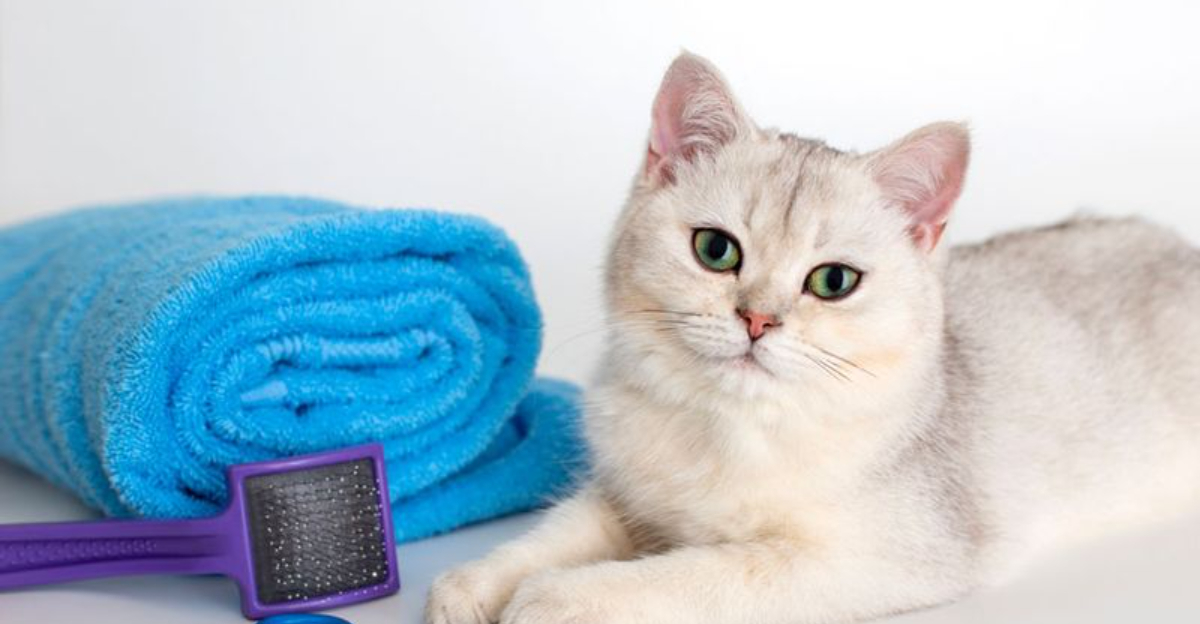
Ever noticed how your feline friend seems to glow when their fur is in top condition? A shiny, healthy coat isn’t just about good looks – it’s a window into your cat’s overall wellbeing.
Whether you have a fluffy Persian or a sleek Siamese, these practical tips will help your kitty’s coat stay gorgeous while strengthening your bond through grooming.
1. Brush Daily For Maximum Shine
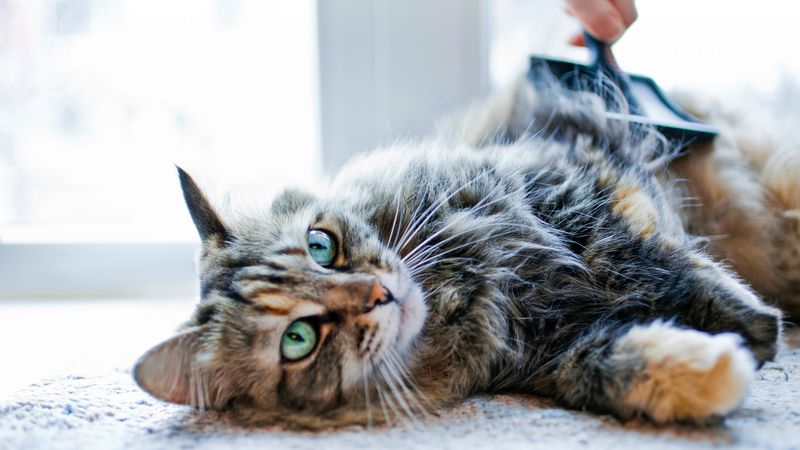
Those few minutes with a brush work magic on your cat’s coat. Regular brushing removes loose fur, distributes natural oils, and prevents painful mats from forming.
For short-haired cats, twice weekly is sufficient. Long-haired breeds need daily attention to keep their luxurious coats tangle-free and radiant.
2. Premium Food Equals Premium Coat
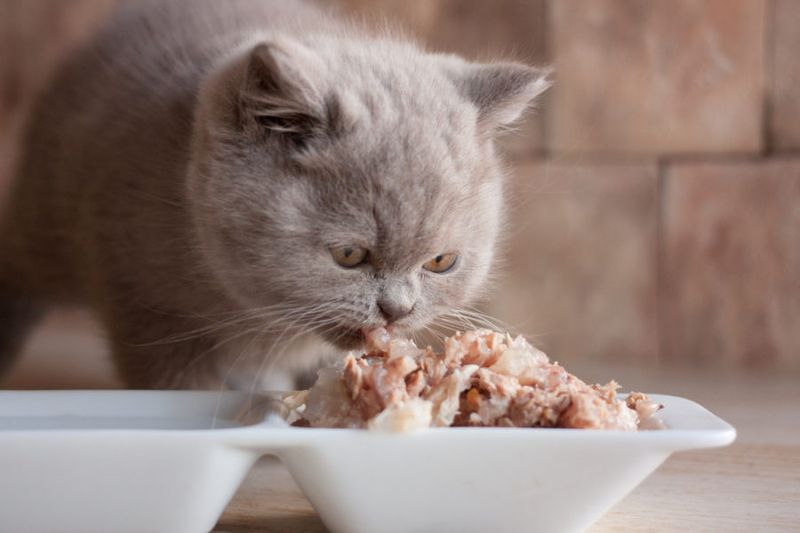
What goes in shows up on the outside! High-quality cat food rich in essential fatty acids creates that enviable glossy sheen. Look for options with real meat as the first ingredient.
Avoid fillers like corn and wheat that offer little nutritional value. Your cat’s improved coat will be just one benefit of upgrading their diet.
3. Omega-3 Supplements For Extra Luster
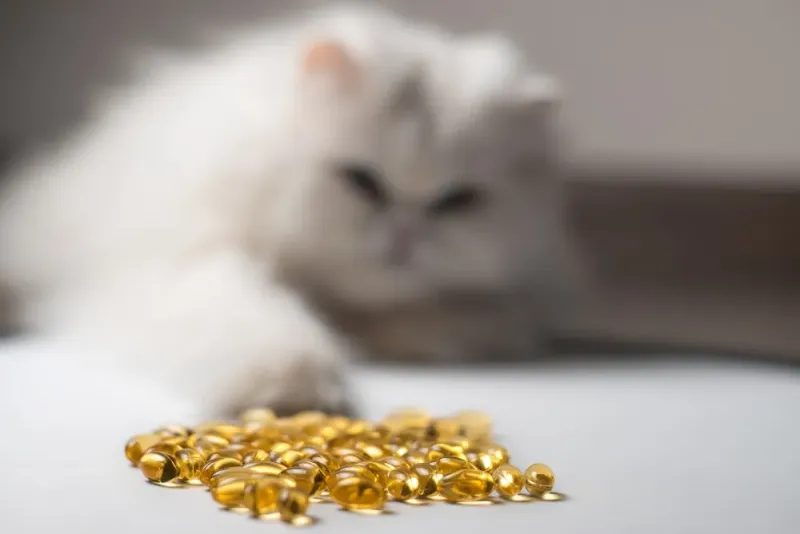
Fish oil isn’t just good for humans! A few drops of omega-3 supplement can transform a dull coat into a glossy masterpiece. These essential fatty acids reduce inflammation and moisturize from within.
Always check with your vet for proper dosing. Most cats enjoy the fishy flavor mixed into their food once daily.
4. Flea Prevention Is Non-Negotiable
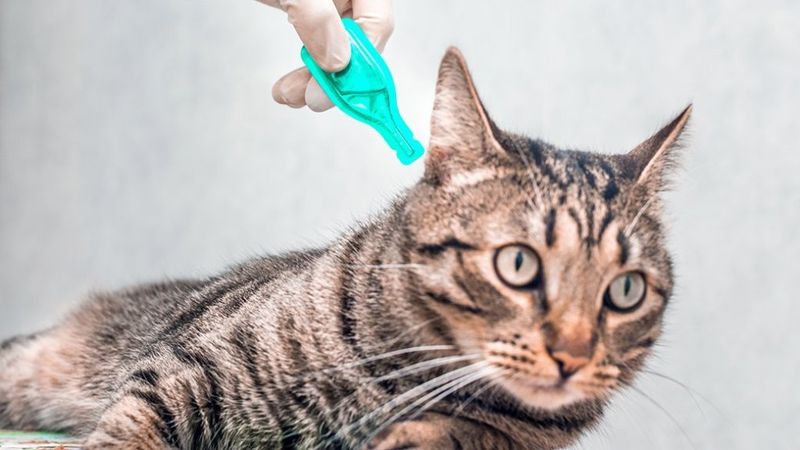
Nothing ruins a beautiful coat faster than scratching from fleas. These tiny vampires cause intense itching, leading to self-inflicted bald spots and skin infections.
Monthly prevention keeps parasites at bay. Talk to your vet about options like spot treatments, oral medications, or flea collars that work best for your specific cat.
5. Specialized Grooming Tools Make A Difference
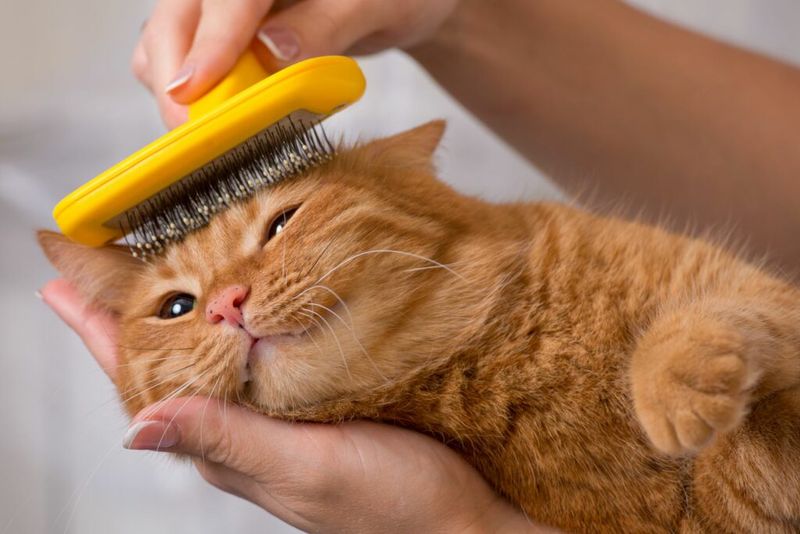
Invest in the right tools for your cat’s specific coat type. Slicker brushes work wonders for long-haired breeds, while rubber brushes excel at removing loose fur from short coats.
Greyhound combs catch tiny tangles before they become problems. Having this small arsenal makes grooming more effective and less stressful for both of you.
6. Bathing Techniques For Reluctant Cats
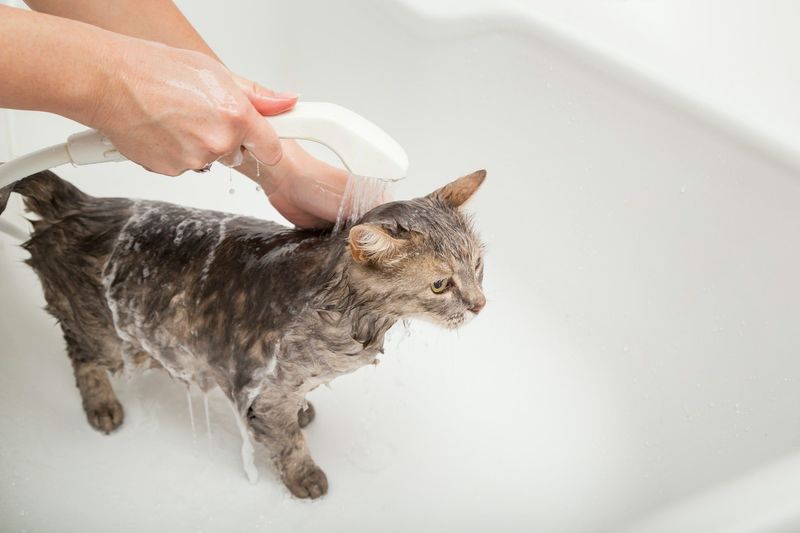
Most cats hate water, but occasional baths can work wonders for coat health. The secret? Start with just a damp washcloth for the first few experiences.
Use lukewarm water and cat-specific shampoo. Keep sessions brief and positive. Gradually work up to full baths every 4-6 weeks for indoor cats or when noticeably dirty.
7. Hydration Impacts Coat Quality
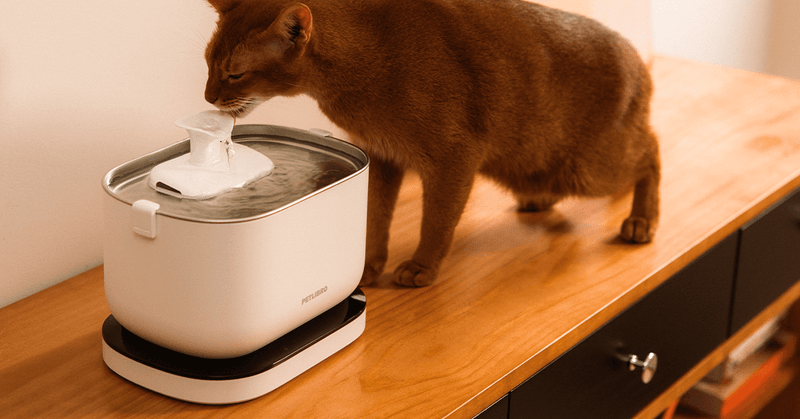
Water fountains aren’t just fancy cat toys – they encourage better hydration, which directly impacts skin and coat health. Dehydrated cats develop dry, flaky skin and dull fur.
Fresh, moving water appeals to their natural instincts. Many cats drink more from fountains than still bowls, keeping their skin moisturized from the inside out.
8. Regular Vet Checks Spot Hidden Problems
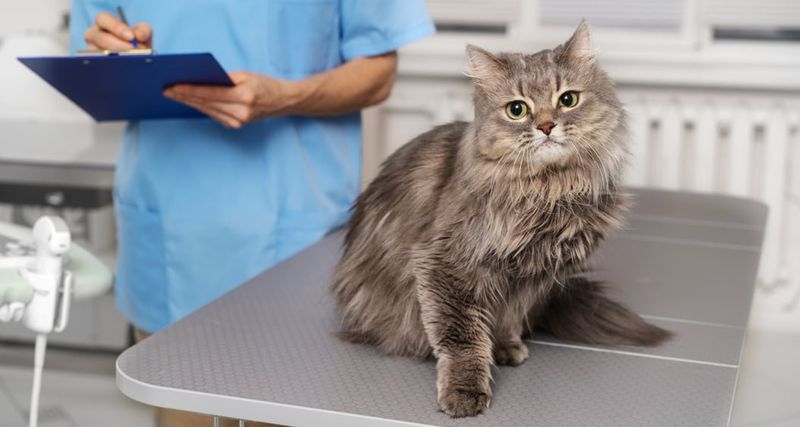
Sometimes dull coats signal underlying health issues like thyroid problems or allergies. Annual wellness exams catch these conditions before they seriously impact your cat’s appearance and comfort.
Blood work can reveal nutritional deficiencies affecting coat quality. Don’t wait for major changes – subtle differences in texture or shine often speak volumes to experienced veterinarians.
9. Stress Reduction For Healthier Fur
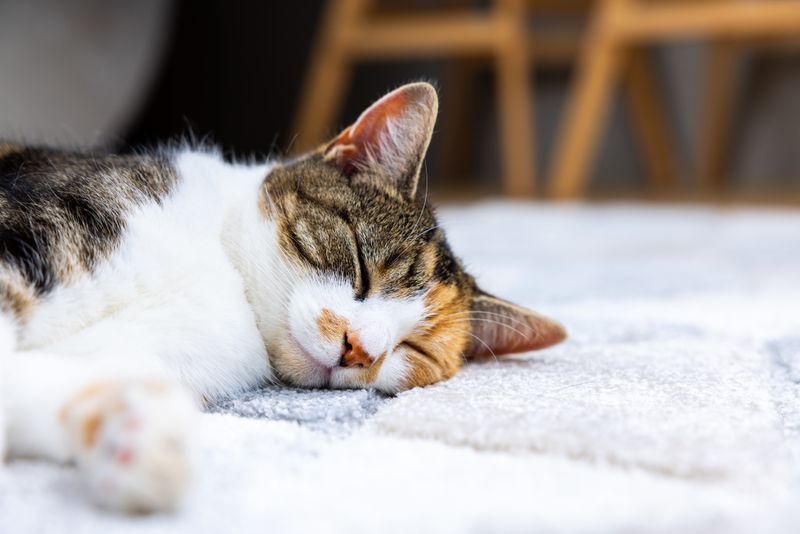
Stressed cats often develop poor coat quality from excessive grooming or neglecting self-care. Creating calm environments with hiding spots, vertical spaces, and predictable routines helps tremendously.
Pheromone diffusers can reduce anxiety for sensitive cats. Less stress means less fur-pulling, resulting in a naturally beautiful coat your friends will envy.
10. Natural Light Exposure Benefits
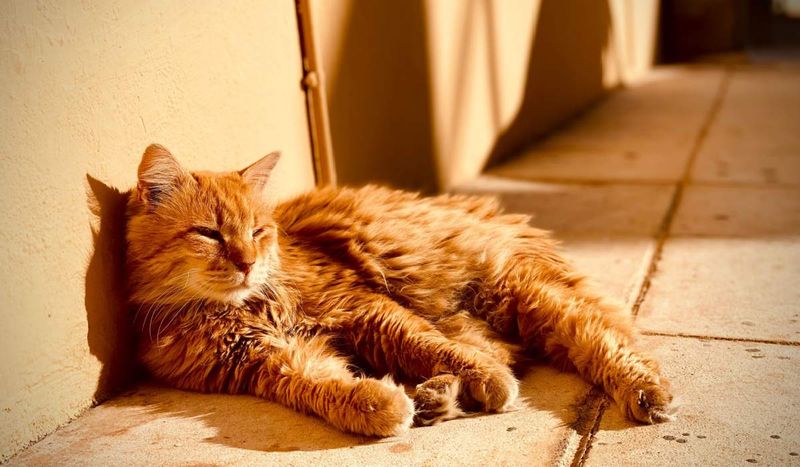
Sunshine isn’t just mood-boosting – it provides vitamin D that promotes healthy skin and coat. Create safe window perches where your indoor cat can bask safely.
Just fifteen minutes daily makes a difference. For extra sun-loving cats, consider screened catios that offer protected outdoor time without the dangers of roaming free.
11. Humidity Control For Optimal Skin
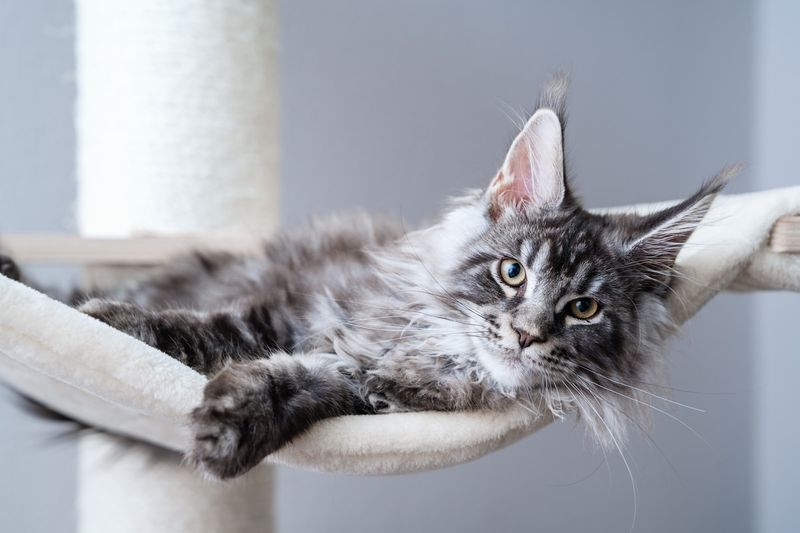
Winter heating and summer air conditioning strip moisture from the air and your cat’s skin. Consider running a humidifier during extreme seasons to maintain 40-60% humidity levels.
This prevents dandruff and dry, brittle fur. You’ll notice the difference especially in long-haired breeds that tend toward static electricity in dry conditions.
12. Professional Grooming For Special Cases
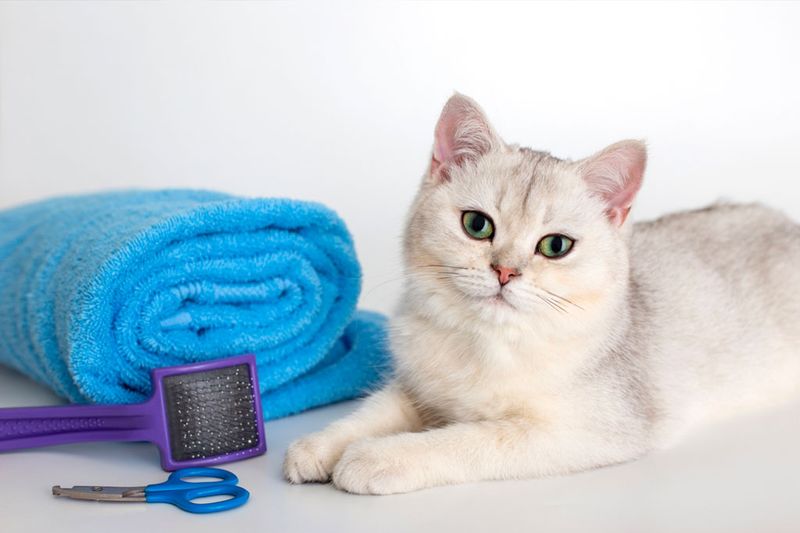
Some situations call for expert hands. Professional groomers handle severe matting, older cats with mobility issues, and breeds with special coat requirements like Persians or Maine Coons.
They have specialized tools and techniques for cats with challenging temperaments. Even quarterly visits can maintain coat health between your at-home care sessions.
13. Remove Mats Before They Worsen
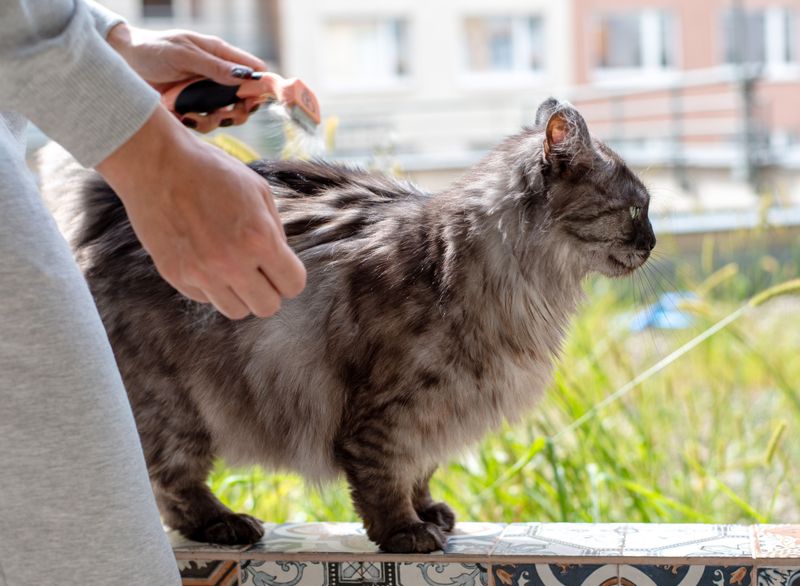
Small tangles become painful mats surprisingly quickly. Address them immediately with a wide-toothed comb, working from the ends inward, not from the skin outward.
For stubborn mats, try specialized detangling spray. Never cut mats close to the skin – this often leads to accidental cuts requiring veterinary attention.
14. Allergy Management Improves Coat Condition
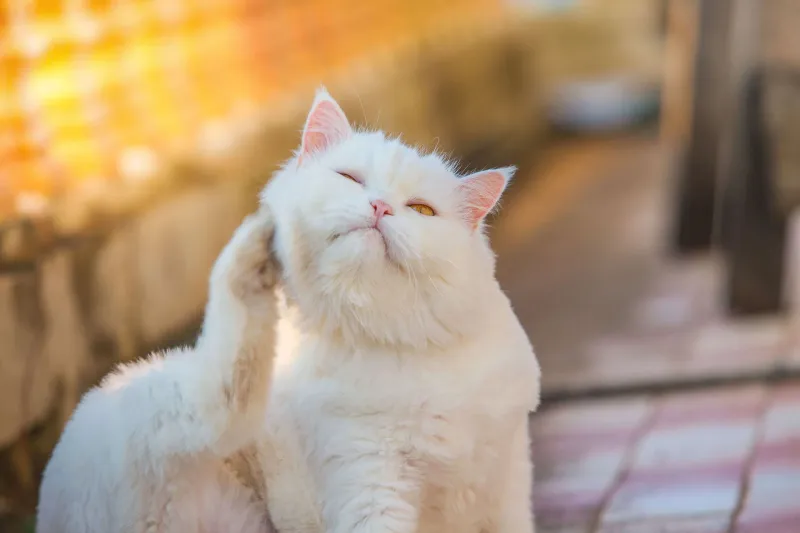
Itchy skin from food or environmental allergies leads to excessive grooming and poor coat quality. Watch for patterns – does your cat scratch more after eating certain foods or during specific seasons?
Air purifiers help with dust and pollen allergies. Elimination diets, guided by your vet, can identify food triggers causing those unsightly over-groomed patches.
15. Massage Stimulates Natural Oil Production
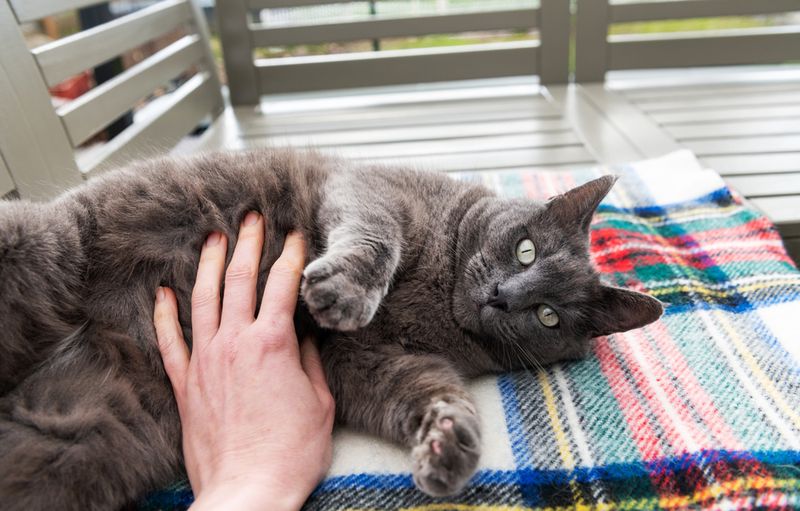
Gentle massage does more than strengthen your bond – it stimulates blood circulation and natural oil production. Use your fingertips in small circular motions along your cat’s back and sides.
Most cats adore this attention for 5-10 minutes daily. You’ll notice improved coat texture within weeks while creating a relaxing ritual your cat will anticipate eagerly.

